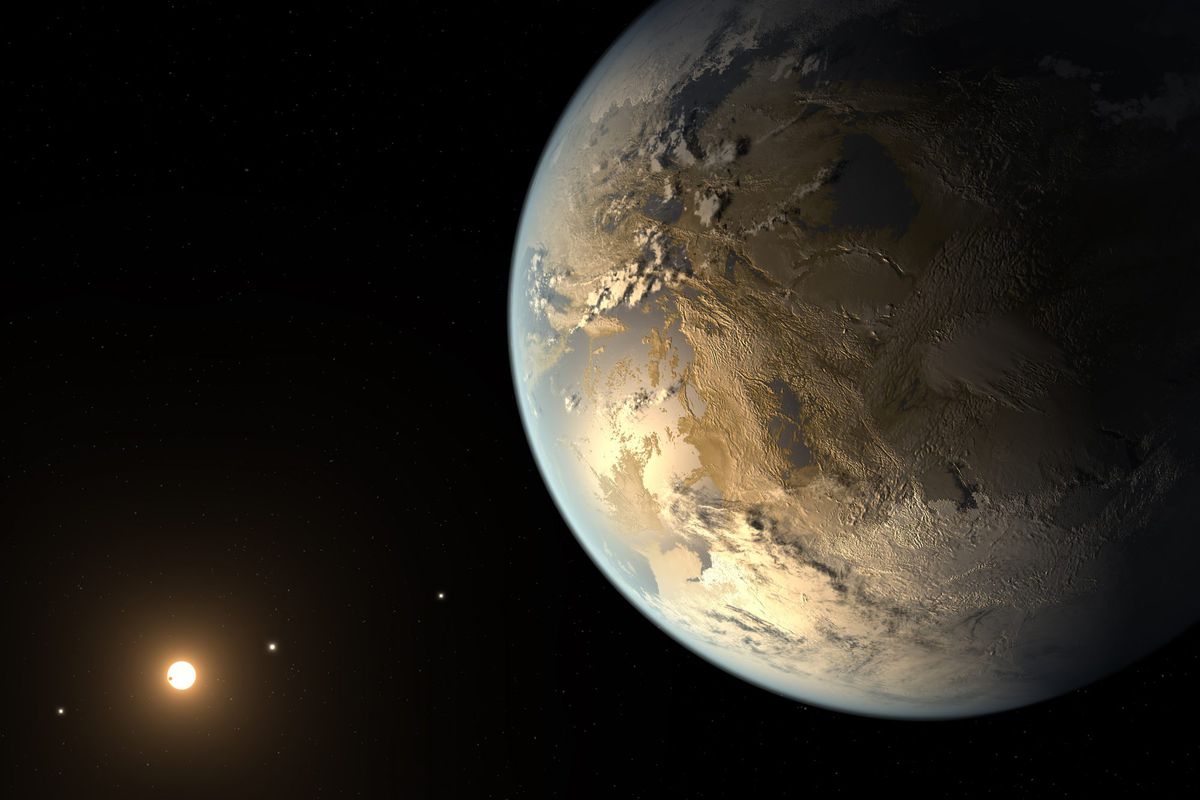"What we see is that our galaxy is a fascinating one, with fascinating worlds, and some that may not be too different from our own."
There are more than 300 million potentially habitable planets in our galaxy, according to a new study from NASA, and billions more planets outnumbering even the stars.
The study, based on research from the now-retired Kepler space telescope set to be published in The Astronomical Journal, was released last week and found about half the stars that have a similar temperature to our sun (plus or minus up to 1,500 degrees Fahrenheit) may also have a “rocky planet capable of supporting liquid water on its surface.” At least four of these possibly habitable planets are within 30 lightyears with the closest being at most 20 lightyears away, according to NASA.
"Though this result is far from a final value, and water on a planet's surface is only one of many factors to support life, it's extremely exciting that we calculated these worlds are this common with such high confidence and precision," Steve Bryson, the lead author of the study and a researcher at NASA's Ames Research Center in California, said in a statement. “To me, this result is an example of how much we've been able to discover just with that small glimpse beyond our solar system. What we see is that our galaxy is a fascinating one, with fascinating worlds, and some that may not be too different from our own."
The Kepler space telescope spent nine years in space until it was retired in 2018 after it ran out of fuel.
The new research uniquely accounted for the relationship between a star’s temperature and the kind of light it gave off that was absorbed by a planet, allowing scientists to account for the wide range of stars out there.
"Not every star is alike," Ravi Kopparapu, an author on the paper and NASA scientist, said in the statement. "And neither is every planet."
The findings come just over a week after NASA confirmed the presence of water on the moon and as it prepares to launch a NASA and SpaceX mission to the International Space Station.
NASA also plans to send the first woman and next man to the moon’s surface by 2024 before the agency sets its sights on Mars.




No comments:
Post a Comment